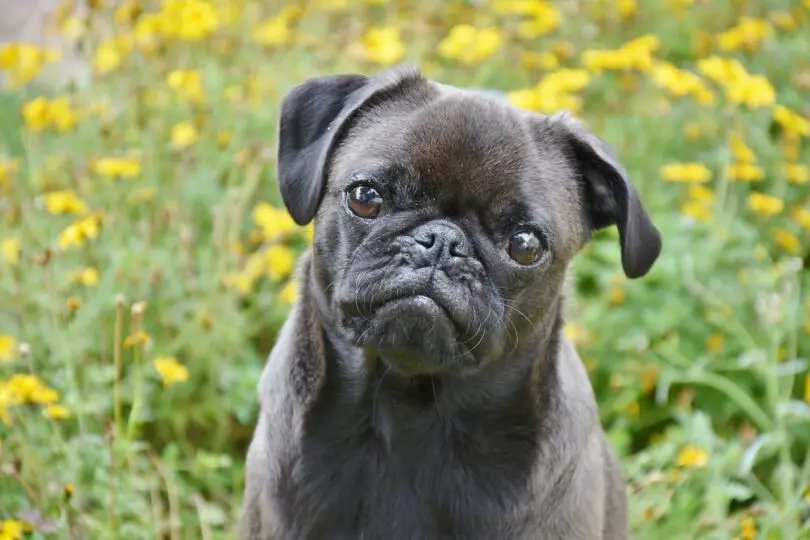Absolutely! Due to their distinctive brachycephalic (short-nosed) faces, going for a walk can present some challenges for many Pugs. The brachycephalic anatomy can lead to respiratory difficulties, making it important for Pug owners to take some precautions and make the walking experience as comfortable as possible for their furry friends.
Here are some tips for making walks more enjoyable for Pugs:
- Choose the Right Time: Opt for walks during cooler parts of the day, such as early morning or late evening, to avoid high temperatures. Pugs can be sensitive to heat, so it’s crucial to prevent overheating during walks.
- Avoid Strenuous Exercise: Pugs are not built for strenuous physical activity, so keep walks moderate and avoid activities that involve excessive running or intense exercise. Be mindful of their energy levels and respiratory limitations.
- Use a Harness: Opt for a harness rather than a collar. Collars can put pressure on a Pug’s sensitive trachea, potentially exacerbating respiratory issues. A harness distributes the pressure more evenly across the chest.
- Frequent Short Walks: Instead of one long walk, consider breaking it up into several short walks throughout the day. This helps prevent overexertion and allows your Pug to enjoy regular, manageable exercise.
- Bring Water: Pugs can become easily dehydrated, especially in warm weather. Carry water and a collapsible bowl to keep your Pug hydrated during the walk.
- Watch for Signs of Distress: Be attentive to your Pug’s behavior during the walk. If you notice excessive panting, difficulty breathing, or signs of exhaustion, it’s essential to take a break and allow your Pug to rest.
- Shade and Rest Stops: Plan your route to include shaded areas where your Pug can take breaks. Allow them to rest and cool down before continuing the walk.
- Consider Indoor Activities: On extremely hot or cold days, consider indoor activities to provide mental stimulation and exercise without exposing your Pug to extreme temperatures.
- Use a Retractable Leash: A retractable leash gives your Pug some freedom while still maintaining control. This allows them to explore at their own pace without pulling or straining.
- Build Stamina Gradually: If your Pug is not used to regular walks, start slowly and gradually increase the duration over time. This helps build their stamina and prevents overexertion.
Remember, every Pug is unique, and their ability to handle walks may vary. Pay attention to your Pug’s individual needs and tailor their exercise routine accordingly. The key is to strike a balance that keeps them active and healthy while being mindful of their brachycephalic traits.


Leave a Comment